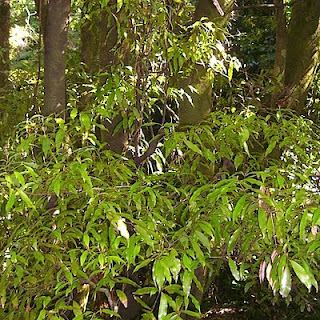This weekend’s big game is England vs Scotland. I covered the Sassenach rose last week; so now it’s time to think about the scotch thistle.
As with the shamrock, there seem to be differing opinions about what is the true scotch thistle. Wikipedia says the scotch thistle is Onopordum acanthium, often also known as cotton thistle. I’ve been told by a Scotsman (a piper who was wearing a kilt at the time) that it’s knapweed (Centaurea nigra). But usually in New Zealand, and often in Scotland too I believe, the name is applied to Cirsium vulgare, sometimes known as spear thistle.
The point of this post is that what many would call the flower of a thistle is in fact a cluster of florets, tiny individual flowers. Together they function as a blossom, an object that a pollinator visits. A thistle floret has an ovary at its base, a purple tubular corolla that opens into five lobes, five stamens hidden inside the corolla tube, and a style with two stigmas. Hundreds of these are crammed into a head, and each one eventually makes a small one-seeded fruit with a downy parachute attached.
This way of arranging flowers into heads is a feature of the daisy family, Asteraceae. In many daisies there are two sorts of florets, the petal-like ray florets on the outside of the head, and the tubular disk florets in the centre. In thistles there are no ray florets and it seems the whole head is made of disk florets. In dandelions and chicory on the other hand all the florets are flattened and look like rays, although technically they’re not quite the same as true rays.
 |
| A flower head of Aster showing ray florets (white) and disk florets (yellow) |
Usually in daisies, the ray florets are female and the disk florets are hermaphrodite, so the plants can easily vary in their femaleness by altering the proportions of floret types. In many, the disk florets don’t often set seed, so they're effectively male, but they need to keep their female parts because it’s the stigma that pushes pollen out of the floret as the style elongates. In thistles all the florets are of one kind, and they’re hermaphrodite.
Back to the rugby: I don’t know who to support. Like most people of British origin, I have Scottish (Garnock, Ferguson), English (Collins, Hampson, Wood), Irish (McArdle, Dowdall), and Welsh (Jones, Evans, Deveson) ancestors. Most years there are more thistles and shamrocks than roses or leeks in my garden, so I think I’d prefer Scotland to win.
























